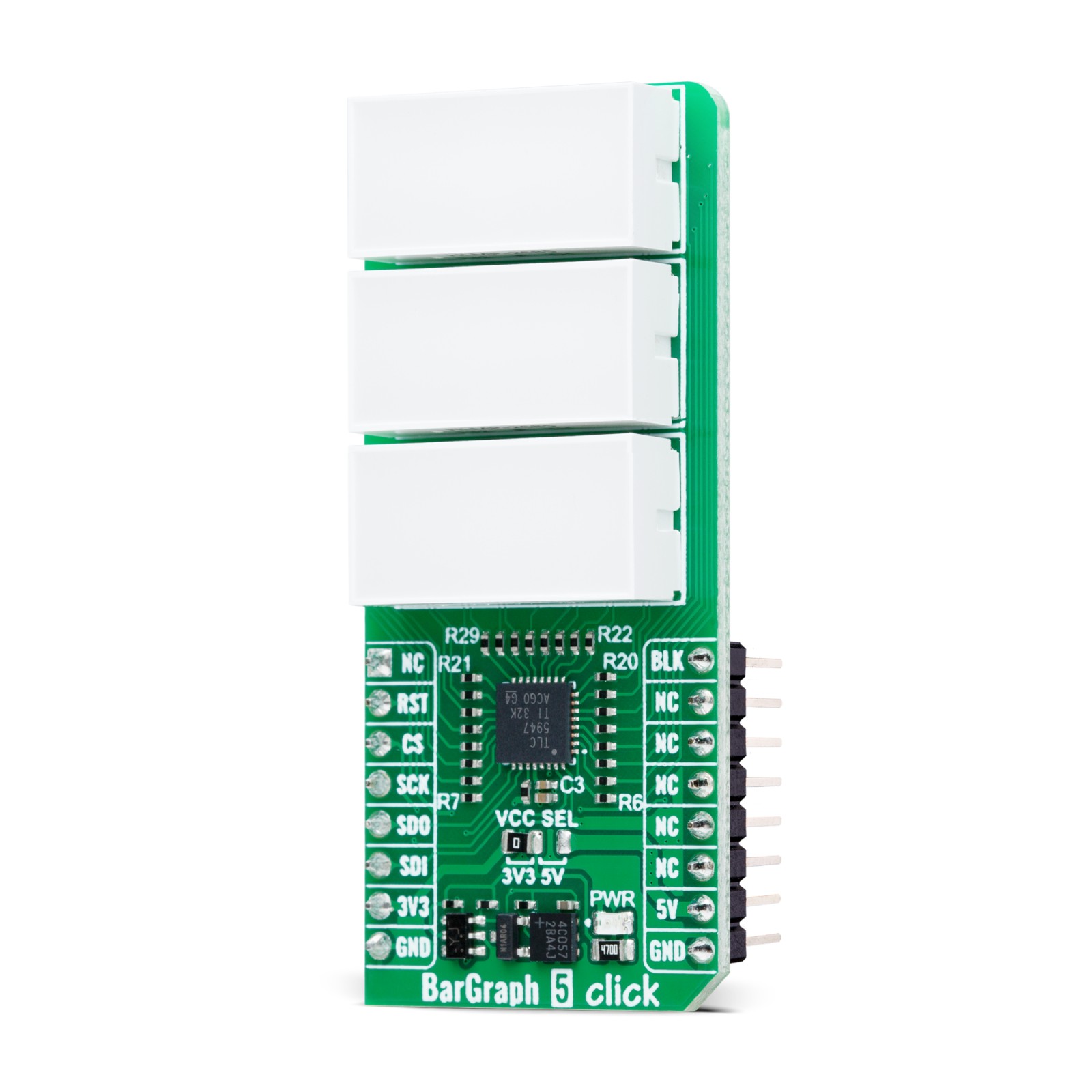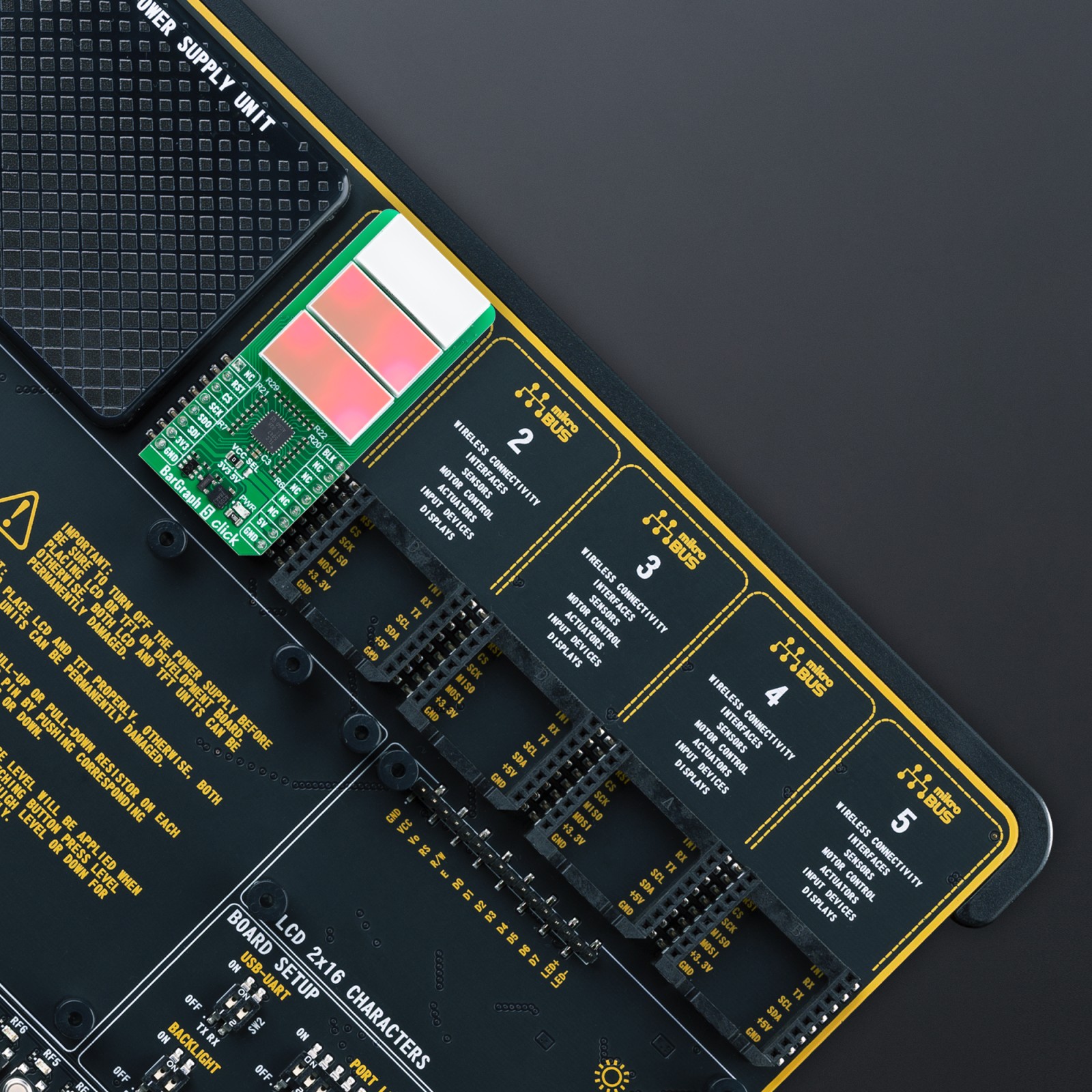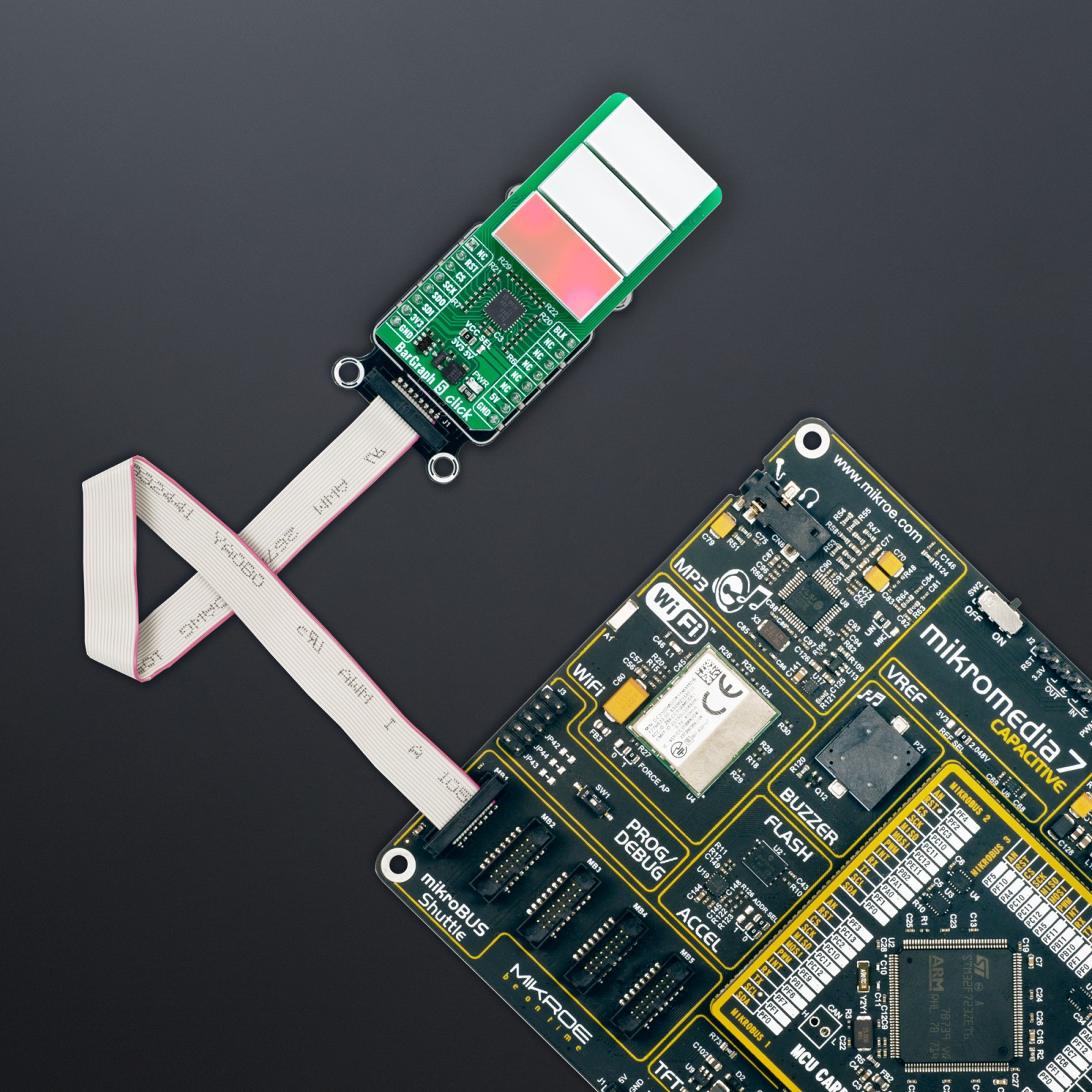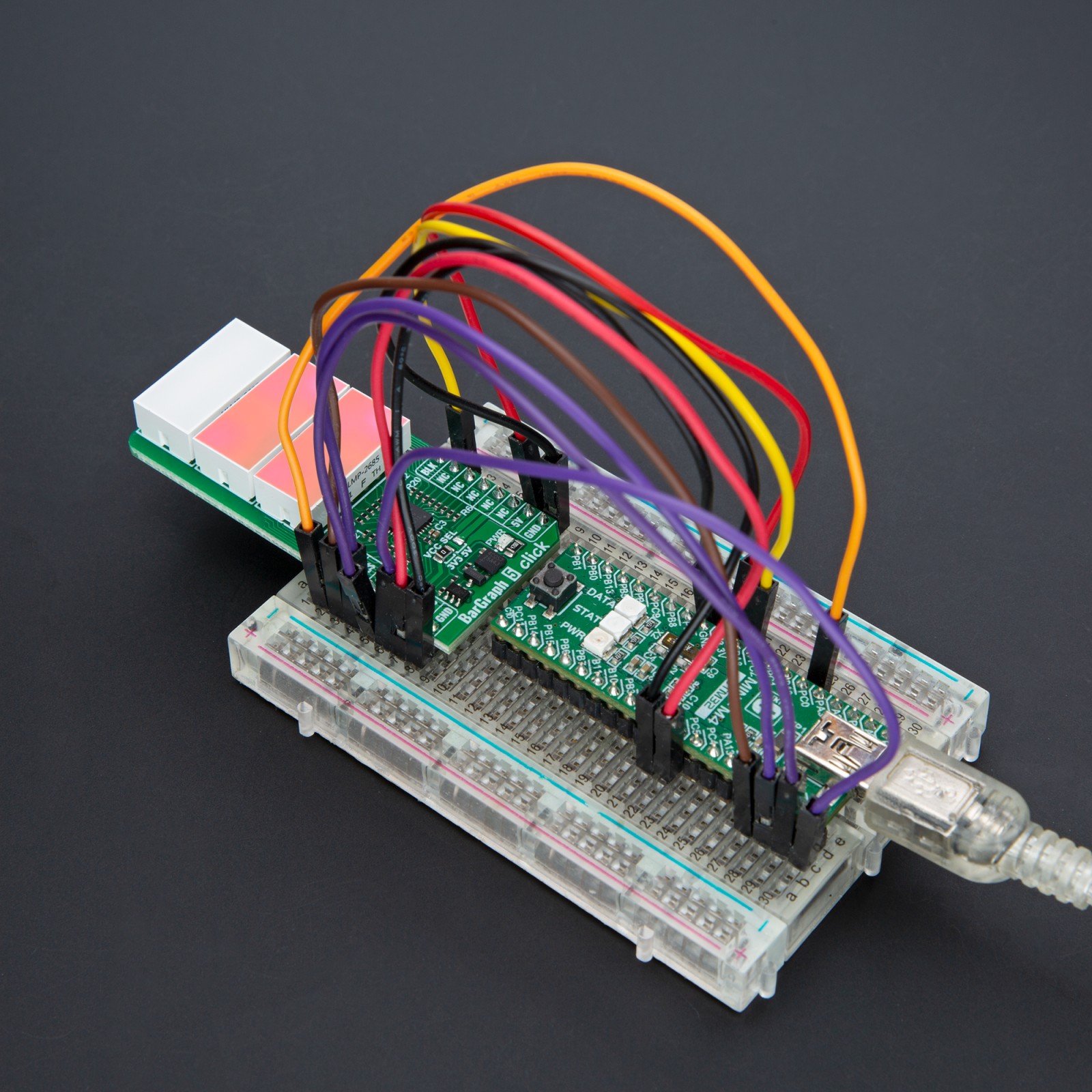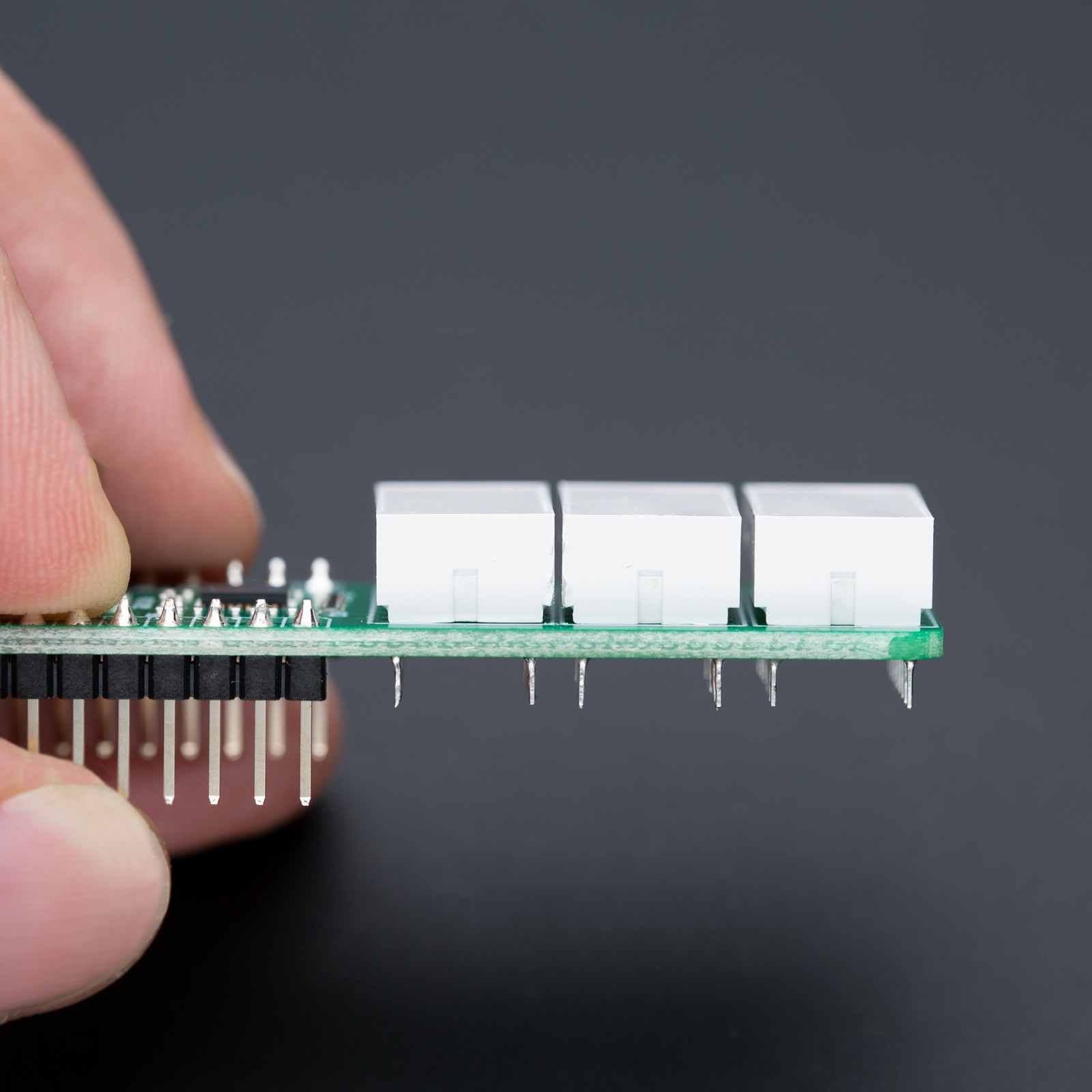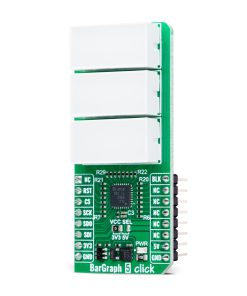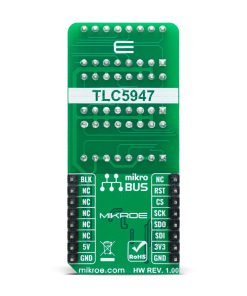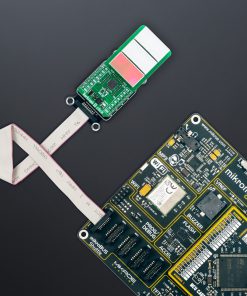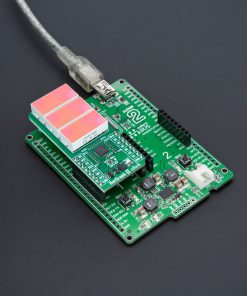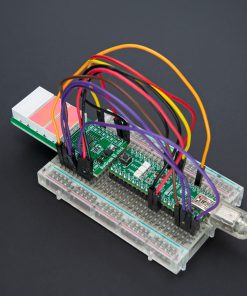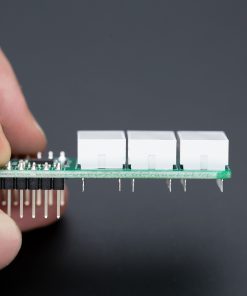-
×
 ccRF2 Click
2 ×
ccRF2 Click
2 × R800.00R720.00 -
×
 MP3 Click
1 ×
MP3 Click
1 × R485.00R436.50 -
×
 RS485 Click 5V
1 × R235.00
RS485 Click 5V
1 × R235.00 -
×
 GPS Click
1 ×
GPS Click
1 × R1,050.00R945.00 -
×
 DAC Click
2 ×
DAC Click
2 × R410.00R369.00 -
×
 Proximity Click
1 × R220.00
Proximity Click
1 × R220.00 -
×
 WiFi Plus Click
1 ×
WiFi Plus Click
1 × R2,250.00R2,025.00 -
×
 Alcohol 3 Click
1 ×
Alcohol 3 Click
1 × R710.00R639.00 -
×
 GSM/GNSS Click
2 ×
GSM/GNSS Click
2 × R1,700.00R1,530.00 -
×
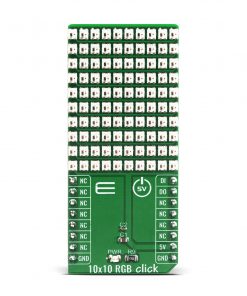 10x10 RGB Click
1 ×
10x10 RGB Click
1 × R910.00R819.00 -
×
 3D Motion Click
1 ×
3D Motion Click
1 × R1,050.00R945.00
Subtotal: R11,607.50


